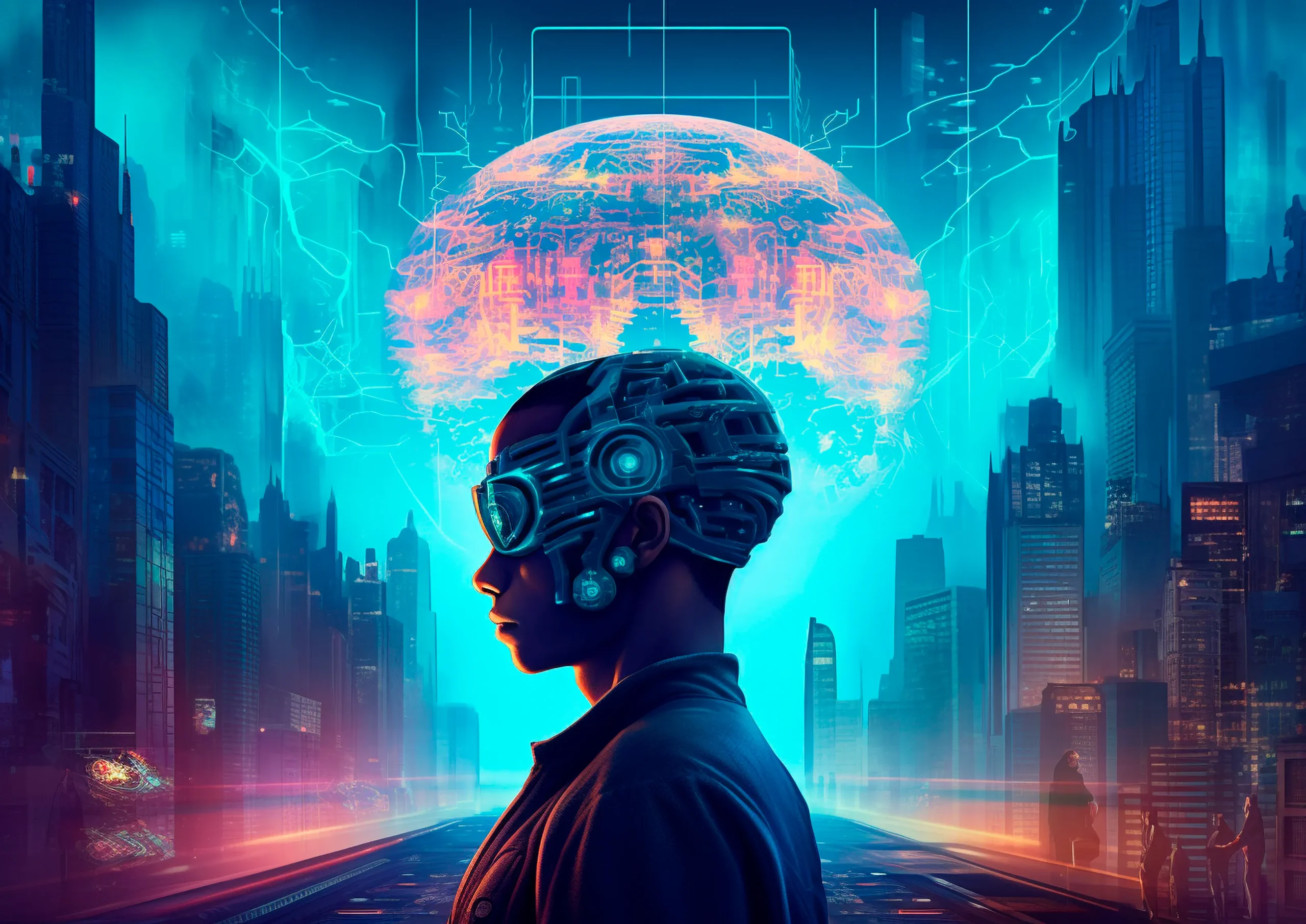Artificial Intelligence isn’t just another tool — it’s a paradigm shift. It changes how you see problems, opportunities, and even your own potential. Instead of asking “How can I do this faster?”, AI prompts you to ask “What could I do that was never possible before?”. That’s why AI is not just technology — it’s perspective.
When you integrate AI into your workflow, you stop seeing data as noise and start seeing it as a roadmap. Your business decisions become informed by patterns hidden in plain sight. A marketer can predict customer behavior, a developer can optimize code faster, and a creator can generate endless inspiration. AI opens your eyes to possibilities you didn’t even know existed.
Take these real-world examples of AI as perspective:
• Using Google Analytics with machine learning insights to uncover customer journeys
• Automating customer interactions via OpenAI’s GPT to save time and increase personalization
• Identifying anomalies and risks with platforms like IBM Watson
• Generating original designs through tools like Runway ML or DALL·E
It’s not just about speed — it’s about scale and creativity. With AI, a one-person team can achieve what once took a department. You can create personalized emails for thousands of users, build predictive models for your market, or generate fresh branding ideas on demand.
Why You Should See AI as Perspective
• Unlocks hidden patterns in your data
• Enhances creativity by suggesting ideas outside your imagination
• Reduces wasted time by automating low-value tasks
• Enables decision-making with real-time, actionable insights
• Levels the playing field — giving small teams big-league capabilities
If you only treat AI as a “tool,” you’re missing the point. Tools execute — perspectives inspire. Seeing AI as a partner in your work allows you to rethink what you’re capable of.
Start Expanding Your Perspective
Here’s how you can begin adopting AI as a mindset today:
• Audit your workflows and identify where data can drive better decisions
• Experiment with AI tools that align with your goals (Zapier AI integrations, ChatGPT, etc.)
• Use predictive analytics to plan campaigns or projects
• Collaborate with AI to generate creative content ideas
• Learn from case studies and thought leaders at MIT AI and McKinsey AI
The businesses and creators who succeed tomorrow won’t just use AI — they’ll see the world differently because of it.
Inbound link idea: Link this blog internally to your other posts like “How Great UX/UI Design Impacts Conversions” or “Why Your Business Needs a Strong Digital Presence” for better internal SEO juice.
Outbound links (examples above): Google Analytics, OpenAI GPT, IBM Watson, Runway ML, DALL·E, MIT AI Lab, McKinsey AI, Zapier AI Tools.





